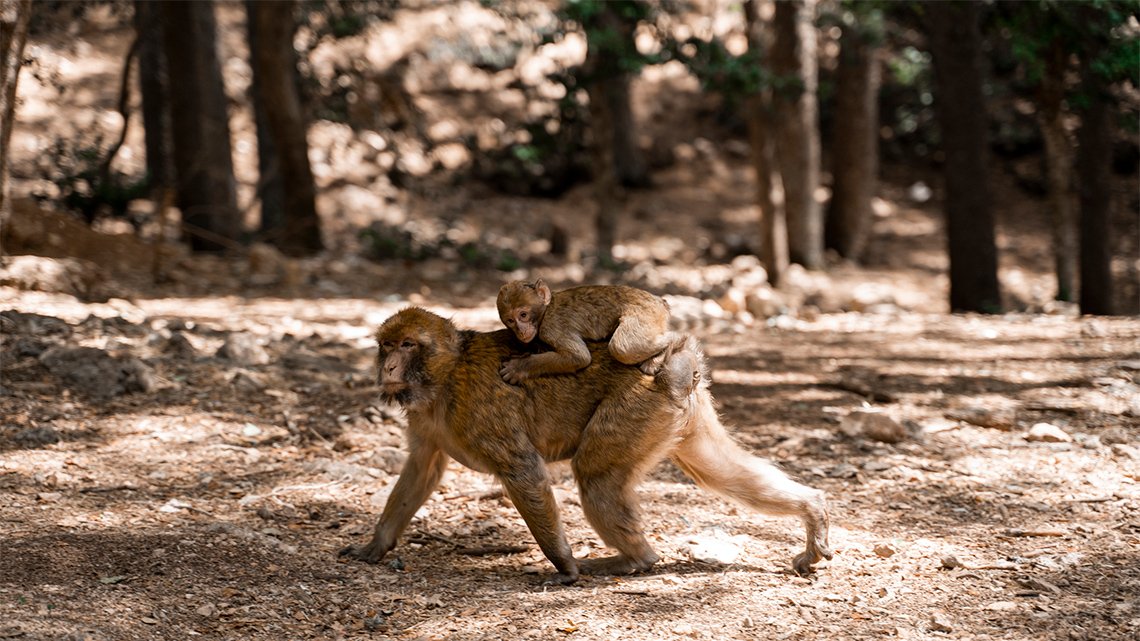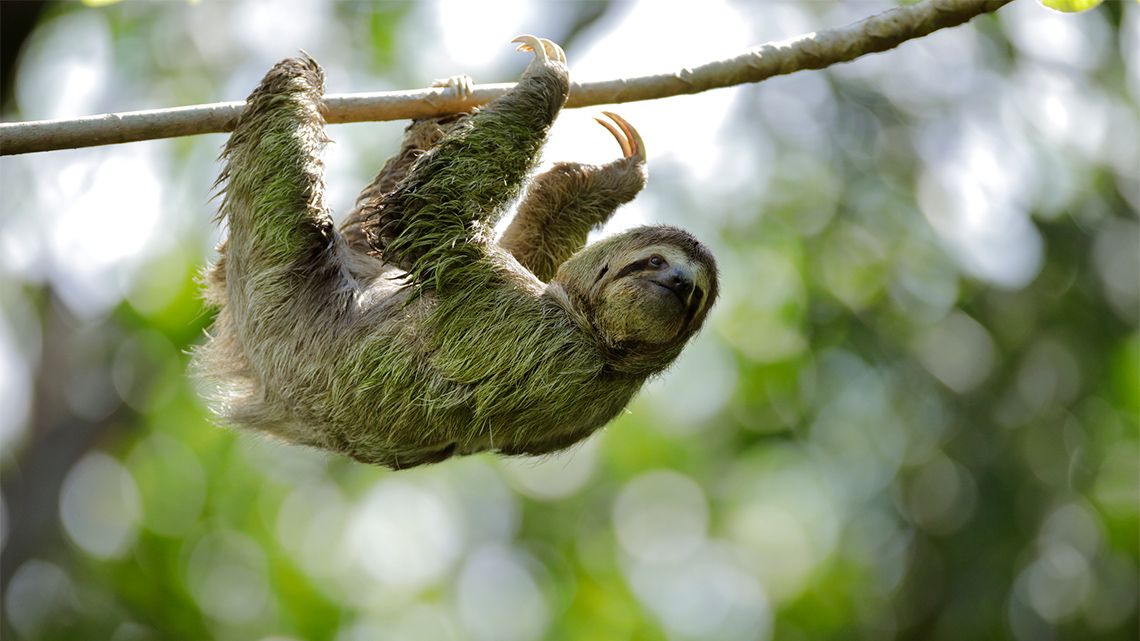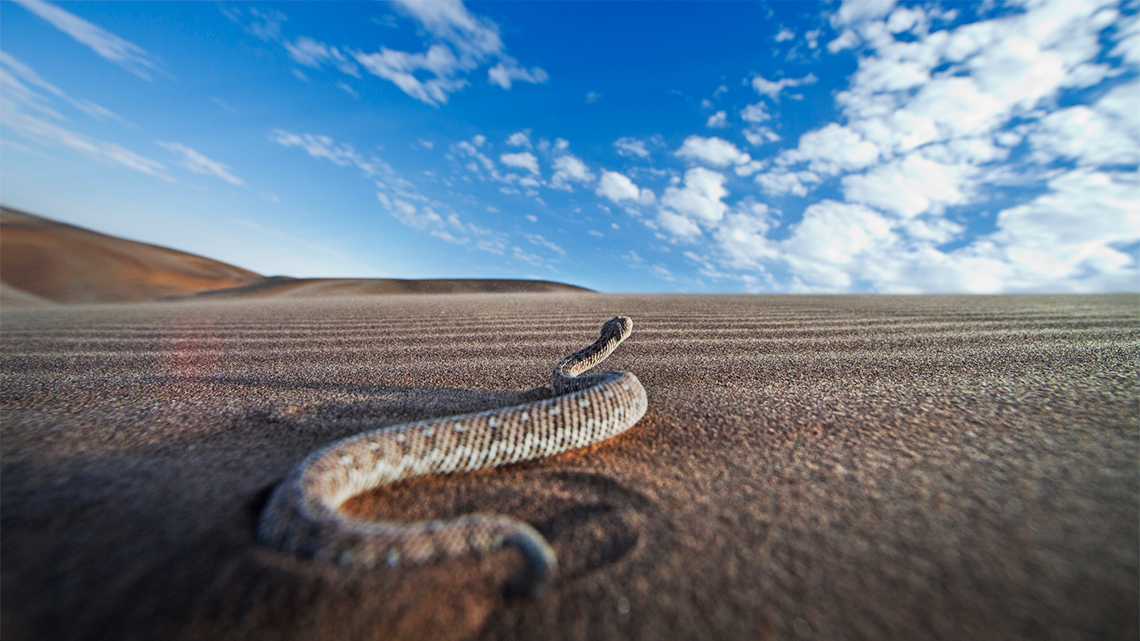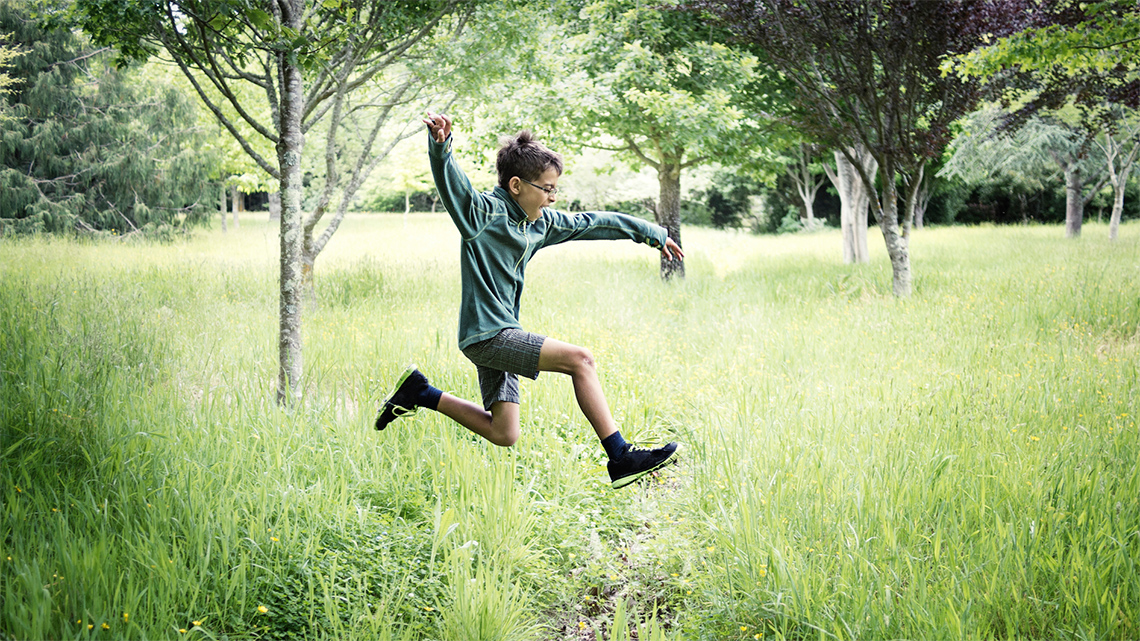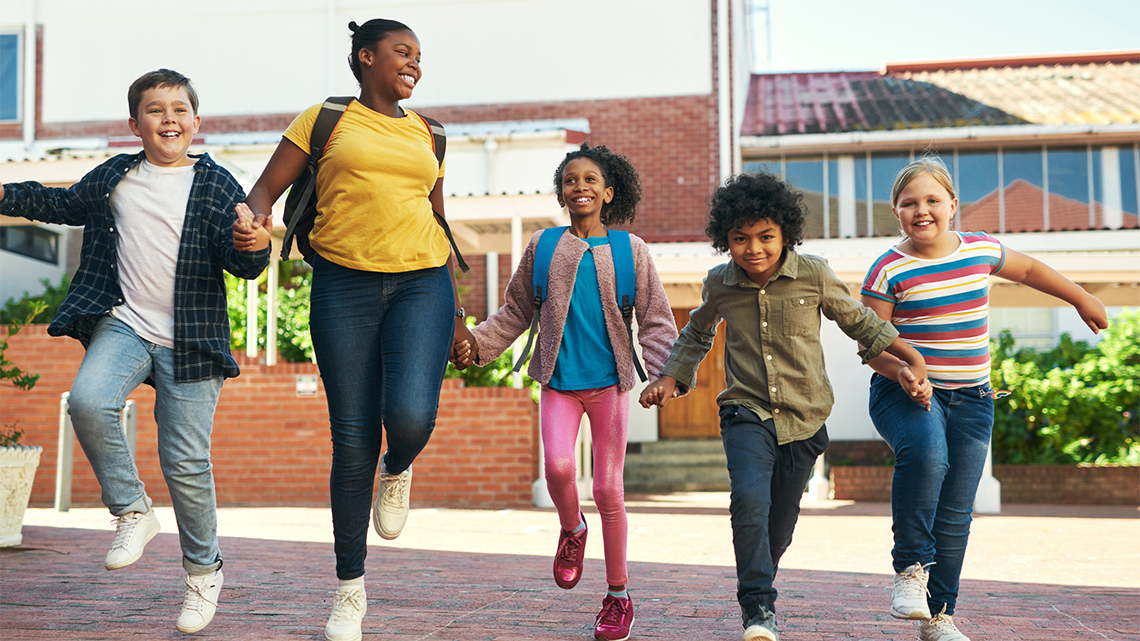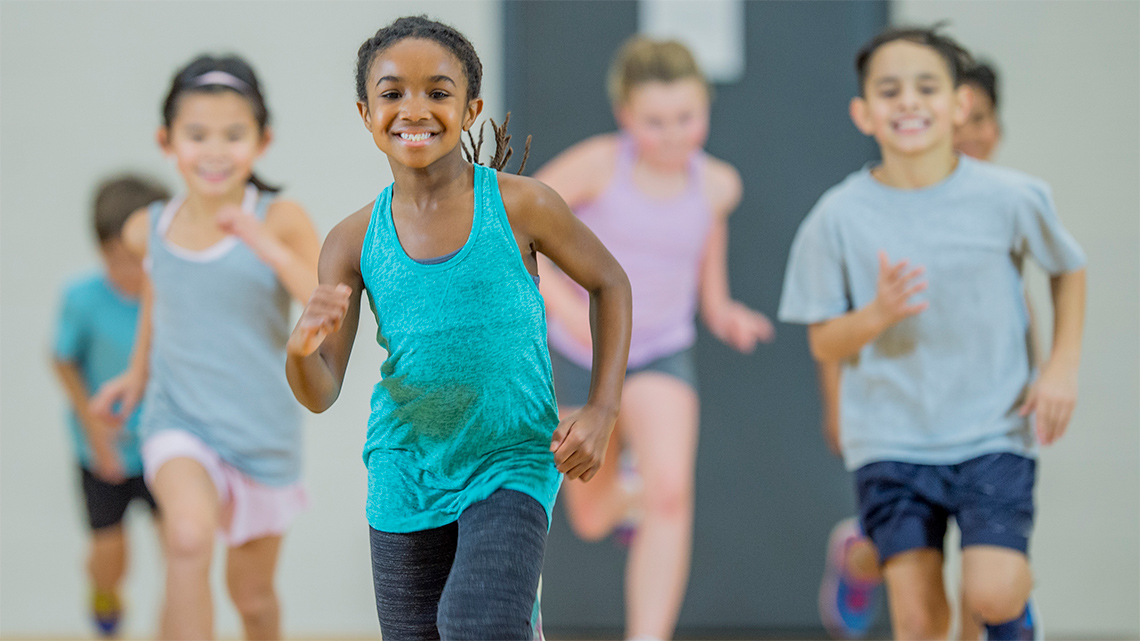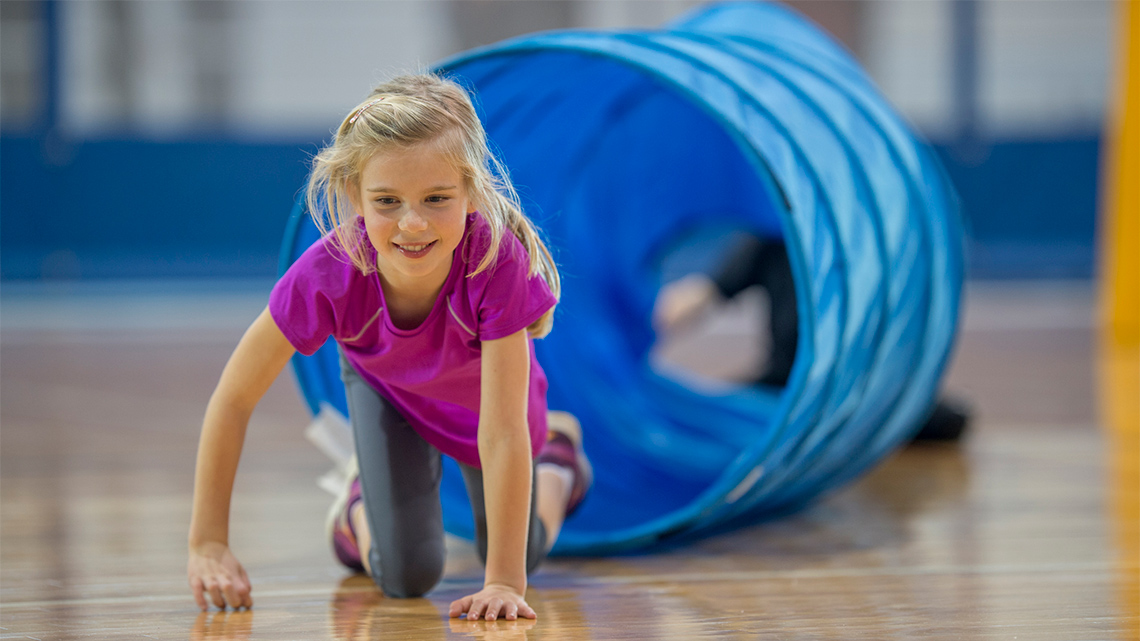Minds On
Animals that move
Explore the following images.
Have you noticed how animals move? Each animal moves differently when moving from one place to another.
Brainstorm
What do you think?
List 5 animals that you know of and be sure to describe how they move. Sometimes animals move differently according to what they do.
Do they…
- fly?
- crawl?
- hop?
- run?
- jump?
- any other movement?
Record your ideas in a notebook or another method of your choice.
Action
Locomotor?
Locomotor (lo-co-mo-tor) is a way to move the body from one point to another.
So how do you move your body from one spot to another?
Examples of movements are:
- running
- leaping
- shuffling (sideways quick and low movements with your feet)
- weaving (moving side to side, like in and out of cones)
- hopping
- jumping
- crawling
- walking
- galloping
- climbing and many more!
In this learning activity, we will explore different ways to move our bodies.
But first, let’s warm up.
Safety
Before you begin:
Warm Up
Warming up!
Let’s warm up with this short workout!
Explore this video entitled “Power Up: Outer Space 2” to follow along with an outer space themed workout.
Directions
When moving around, there are many directions one can move around in their space.
- forwards
- sideways
- up
- down
- left
- right
- diagonal
Let’s move!
Always be sure to do your safety checks!
Choose a locomotor movement and a direction to move in. For example, rolling forward or shuffling sideways. How many different ways can you move your body?
Pathways
Pathways are a way to move from a starting point to an ending point in a space.
- straight
- zigzag
- curved
- diagonally
Start to end
Always be sure to do your safety checks!
- Choose a start and end point.
- For example, this can be from where you are now to another room, or from the front of your home to the back.
- Move from the start point to the end point with one pathway we explored:
- straight
- zigzag
- curved
- diagonally
- Return to the start point, and repeat step 2 for two other pathways.
Levels
When moving around, there are many levels one can move their body around in their space.
- high
- low
- log roll
- crouched
How to perform a log roll
- Start by lying on your back.
- Keep body straight and tight.
- Stretch out arms above the head and turn with entire body.
Level it out!
Always be sure to do your safety checks!
- Choose a start and end point.
- For example, this can be from where you are now to another room, or from the front of your home to the back.
- Move from the start to the end point with one of the following options:
- walk with arm(s) reaching high then low
- leap with matching steps and arm actions
- hop in a crouched pose
- crawl, log roll, crawl, log roll, etc.
- Return to the start point, and repeat step 2 for two other options.
Cool Down
Rocking chair
- Be seated and hug your knees to the chest with both arms.
- Gently lean onto the lower back and try to rock back and forth for 30 seconds.
Consolidation
Jungle adventure!

Try It
Try it
Let’s explore the following story through text and audio clips and imagine what is happening. Then, try acting it out!
If you need help remembering what happens in each part, go back to the text and audio clip and explore it again.
Learner A is dreaming about the amazing jungle and wants to find a secret fruit with a special map.
Part 1: Learner A walks along the path for 10 steps. Then, hops over 5 logs.

Jungle Adventure Part 1
Part 2: Learner A jogs diagonally to a long bridge. On the bridge, Learner A slowly shuffles across with both hands outstretched at the side.

Jungle Adventure Part 2
Part 3: On the end of the bridge, Learner A takes a big jump to the other side. Learner A leaps zigzag over 10 stones.

Jungle Adventure Part 3
Part 4: Afterwards, Learner A jumps 3 times for the cave to open up. Learner A crawls through the cave for 10 seconds.

Jungle Adventure Part 4
Part 5: Learner A finds a glowing fruit and runs towards it in 7 seconds. Learner A does their happy dance because they found the secret fruit.

Can you guess what the secret fruit is? (Hint: It’s your favourite fruit!)
Jungle Adventure Part 5
Brainstorm
Let’s think!
- Why do you think you might need to develop different movement skills?
- Where do you use some of the skills like running, skipping, hopping, jumping, and galloping?
Record your ideas in a notebook or another method of your choice.
Reflection
How do you feel about what you have learned in this activity? Which of the next four sentences best matches how you are feeling about your learning? Press the button that is beside this sentence.
I feel…
Now, record your ideas about your feelings using a voice recorder, speech-to-text, or writing tool.
